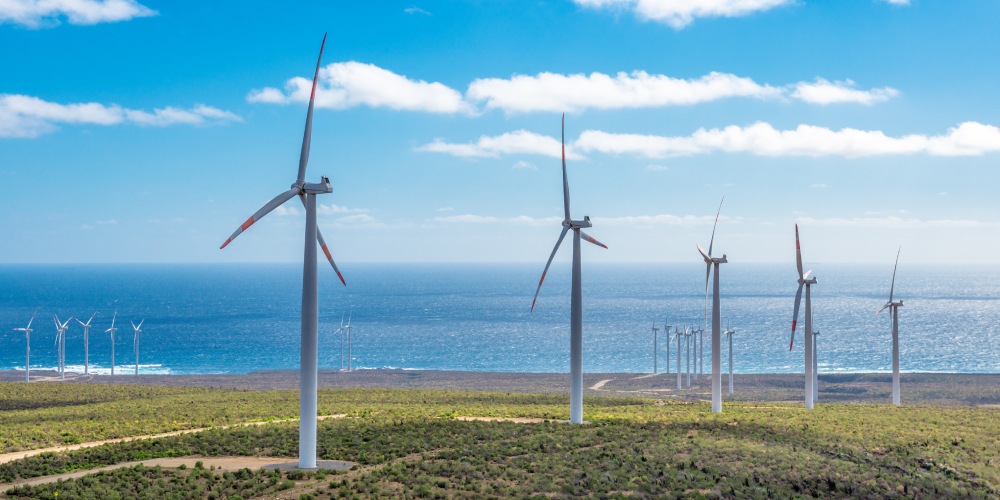Natural resources, government involvement and the use of global partnerships are some of the reasons behind its improved evaluation on the EY index.

Chile moved up three places to 14th overall on the Renewable Energy Country Attractiveness Index (RECAI) published by the consulting and auditing firm EY. It is the best-ranked country in the region, coming in higher than Brazil (18th) and Argentina (30th). The top spots went to the United States (1st), Germany (2nd) and China (3rd).
Thus, Chile returns to its 2021 ranking after falling to 17th last year.
In 2015, Chile ranked no. 9 and was considered a “rising star,” positioning itself among other growing markets.
Why is Chile improving?
The consulting firm points to the industry debate regarding the viability of a second stage of development of renewable energy and power plants. The President submitted the Energy Transition project, an initiative to address the complexities energy companies face due to a lack of transmission capacity.
“Notably, Chile continues to consolidate as a leader in the clean energy industry. Its position reflects the strong government involvement, natural resources and the use of global partnerships, which have made Chile an attractive destination for foreign investment. Furthermore, Chile’s goals of 80% renewable energy by 2030 and carbon neutrality by 2050 support the position and require significant infrastructure investments,” says EY.
“As an example, the National Energy Policy identifies more than 60 goals for 2030, 2035 and 2050 to achieve carbon neutrality. A total of 74 renewable energy projects are scheduled to come into operation in 2023, adding up to 4,318 MW of installed capacity. Moreover, according to the Chilean Central Bank, the industry is expected to lead the economic reactivation in 2023,” says Pamela Méndez, Lead Partner at EY’s Sustainability Services.
Green Hydrogen
For Chile to continue positioning itself as an attractive market for green energy, it must consider the potential contribution of green hydrogen. In this regard, Ms. Méndez remarked, “This energy source depends on a solid renewable energy production industry because green hydrogen is created from the oxidation of wind or solar energy to produce heat and/or electricity without emitting CO2. In terms of these clean energies, Chile’s climate conditions, e.g., high solar radiation in the Atacama Desert or strong winds in southern Chile, offer a renewable energy potential equivalent to 70 times the local demand. The quality of wind and solar energy produced in Chile results in a very low green hydrogen production cost, which would result in competitive domestic and international production”.
South American leader
Chile’s good results on this ranking also make it the country with the highest score in Latin America, displacing Brazil, which fell to 18th this year, and Argentina, which dropped to 30th place. Mexico came in at 35th.
Source: Forbes.
To learn more about foreign companies in the sector, such as Pacific Hydro, and to learn about investment opportunities in renewable energy in Chile, read the following article.



%2017.11.51.png)

